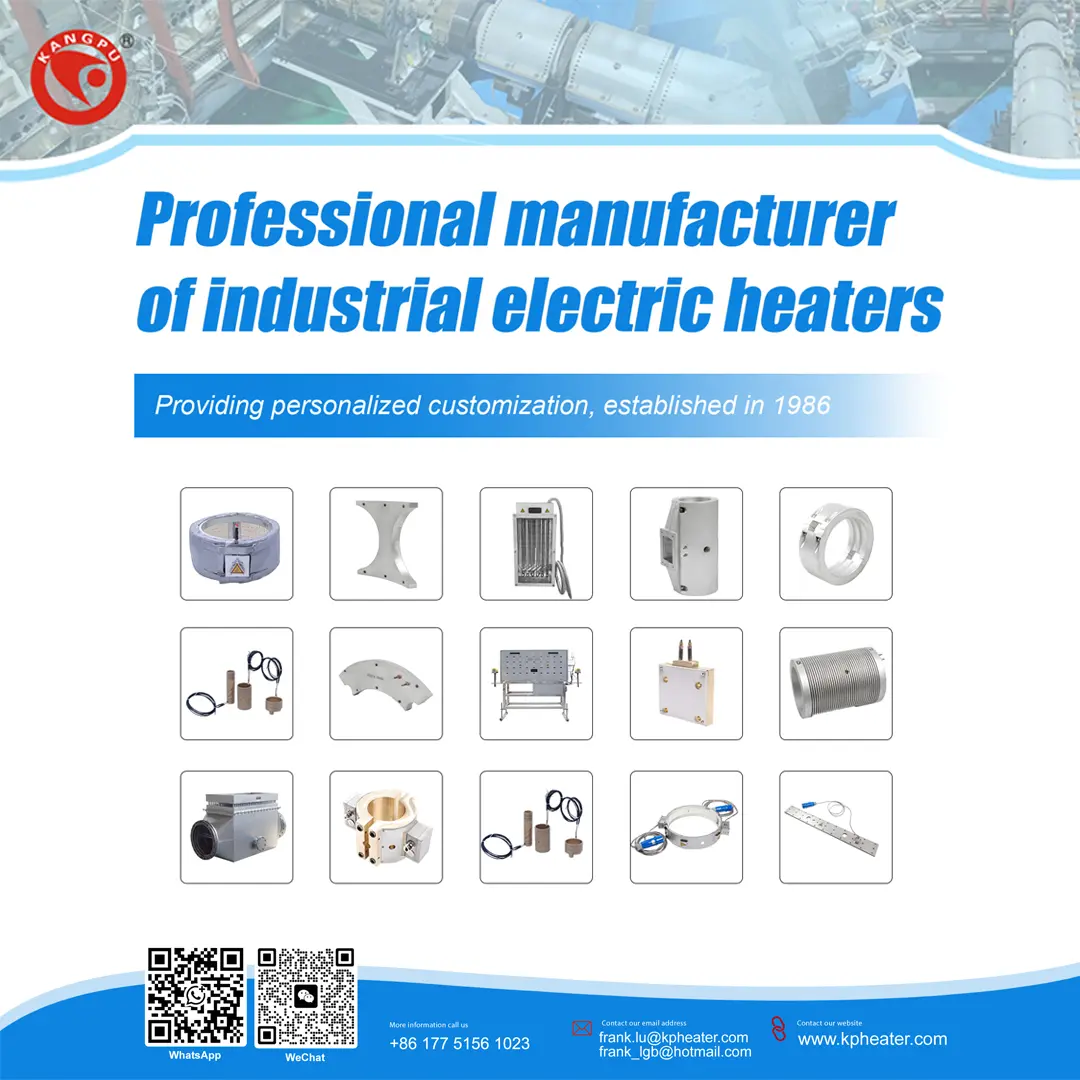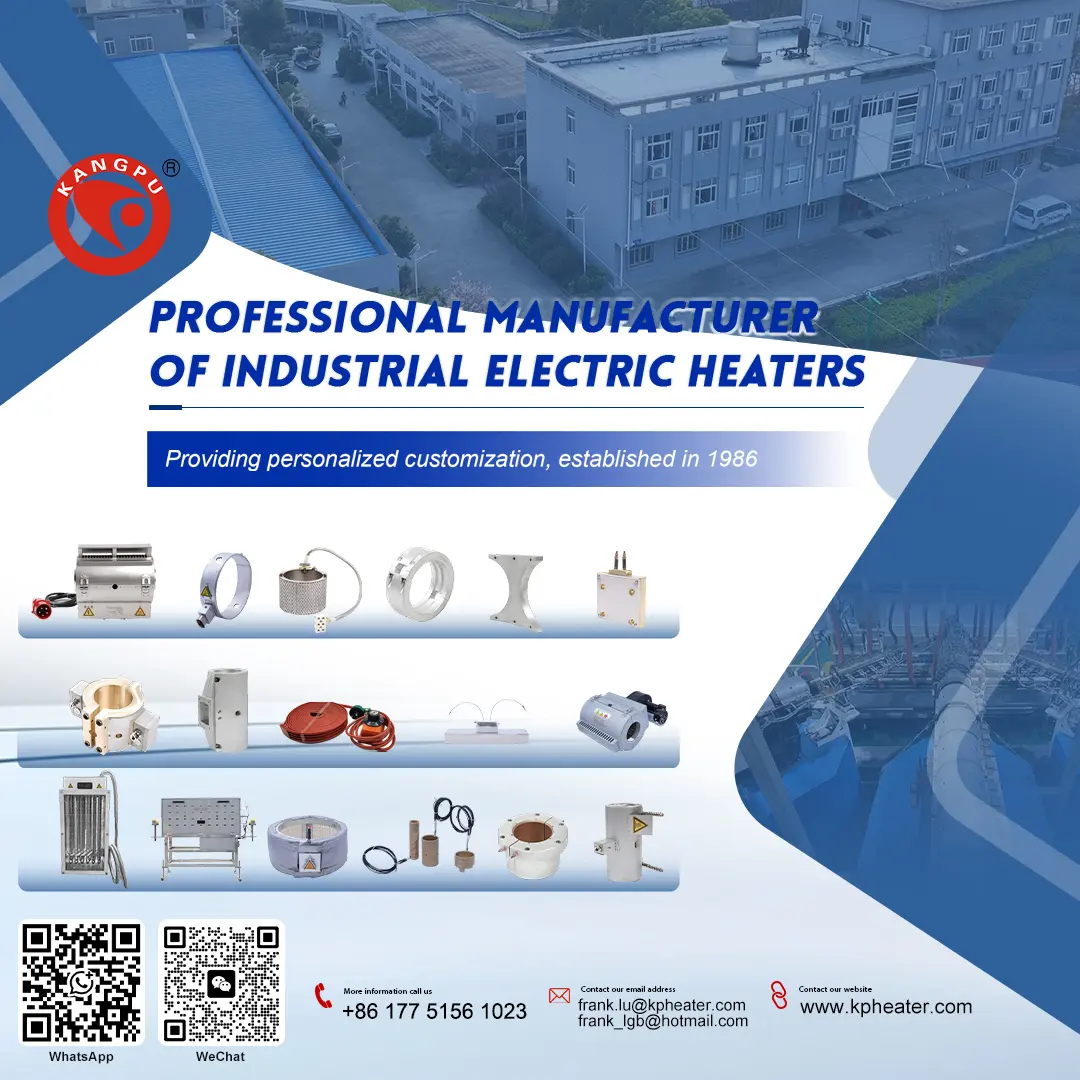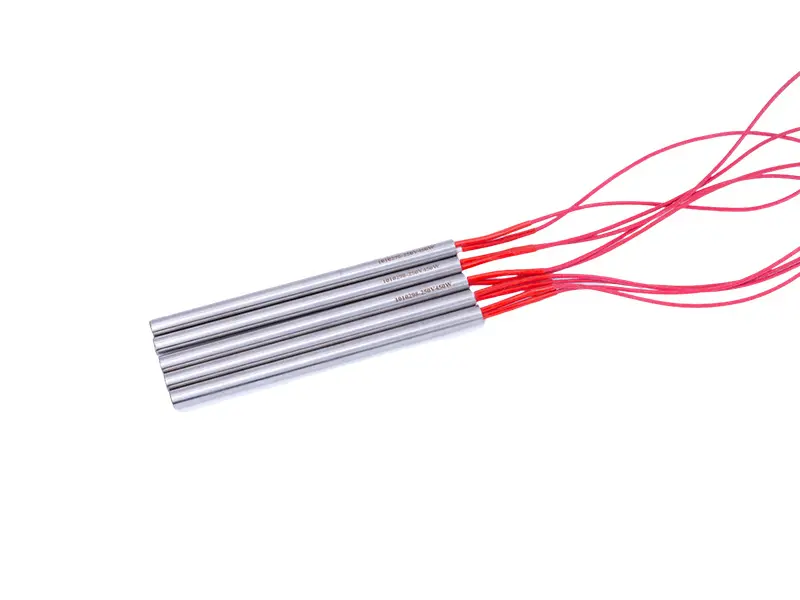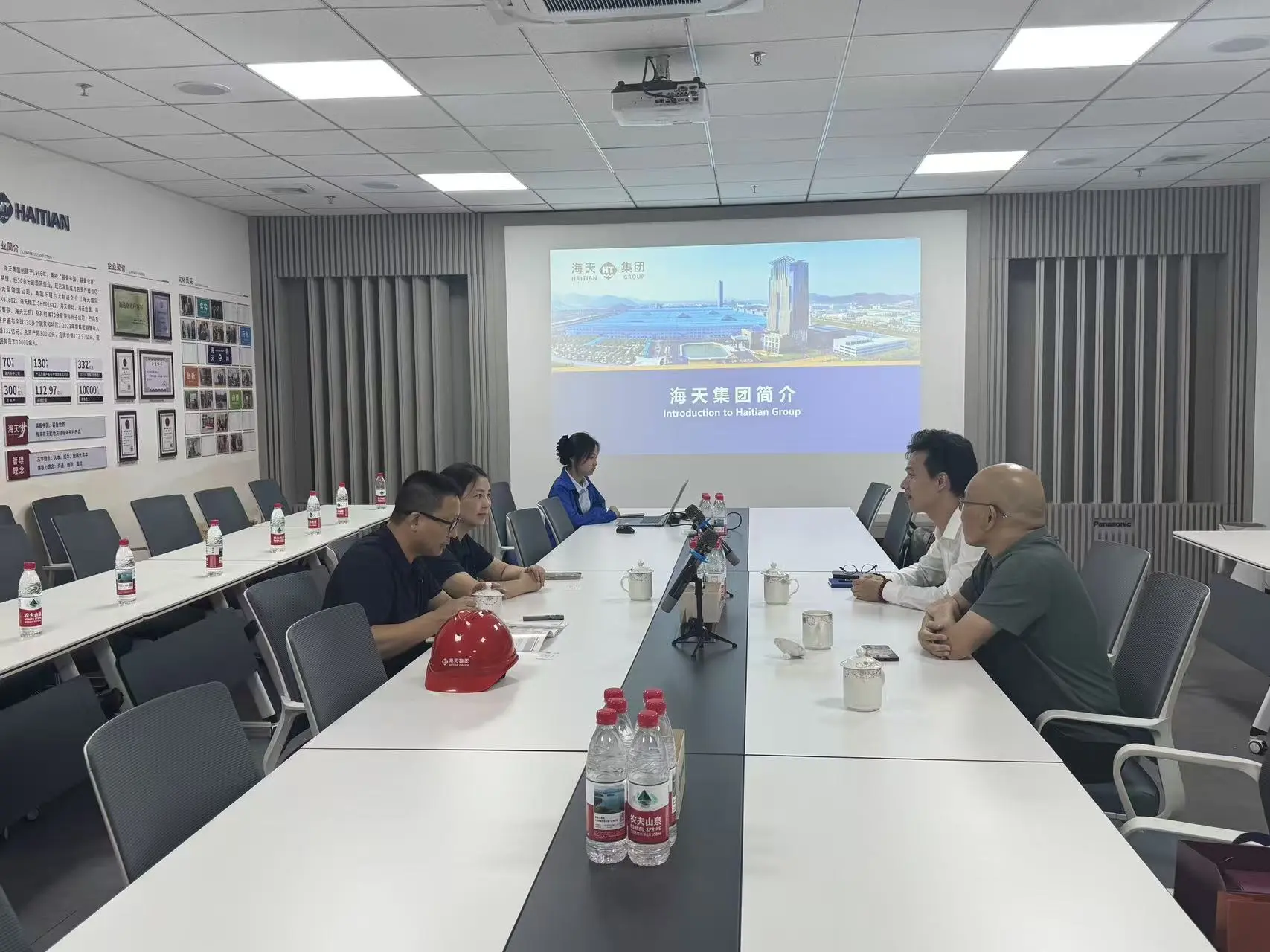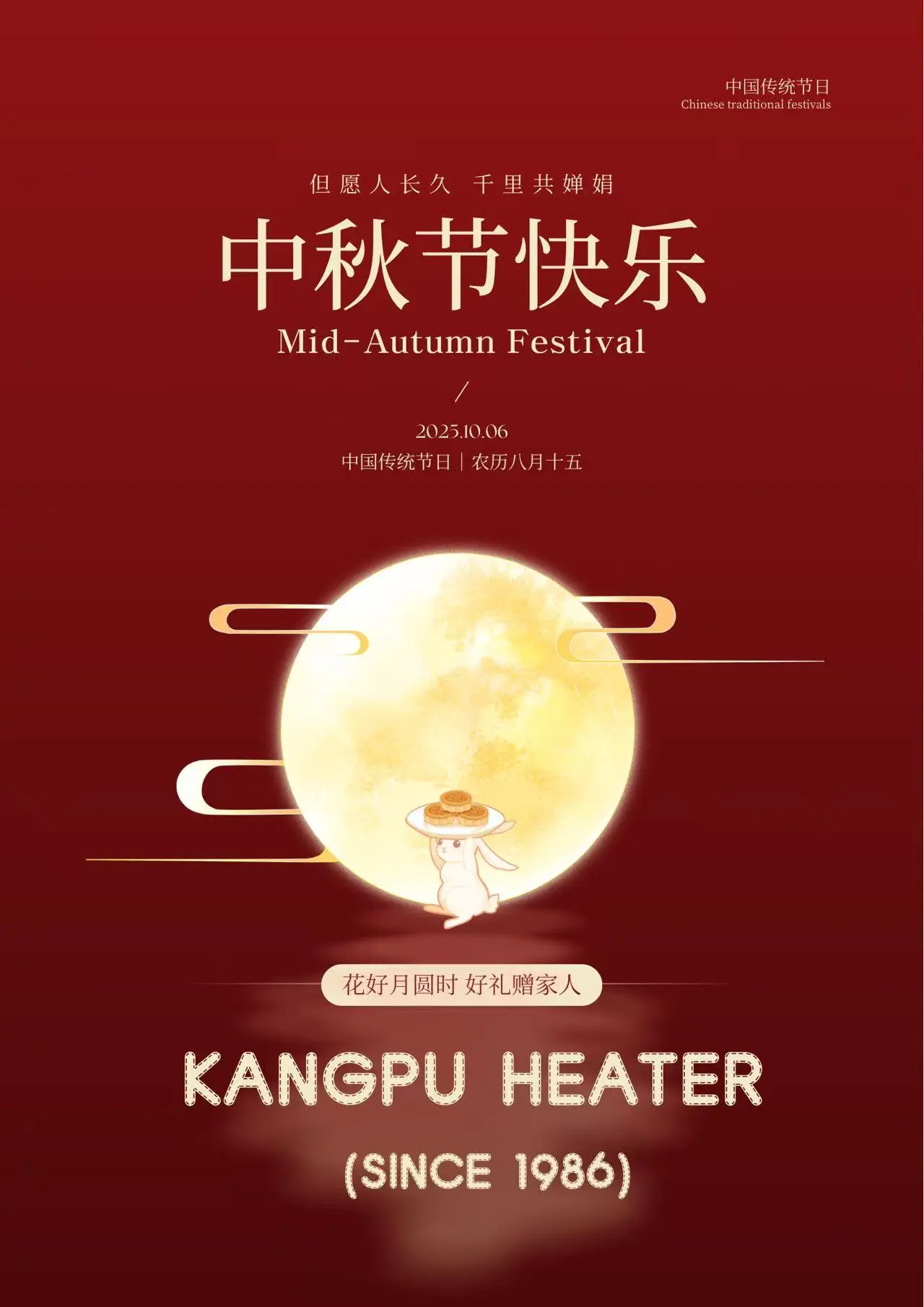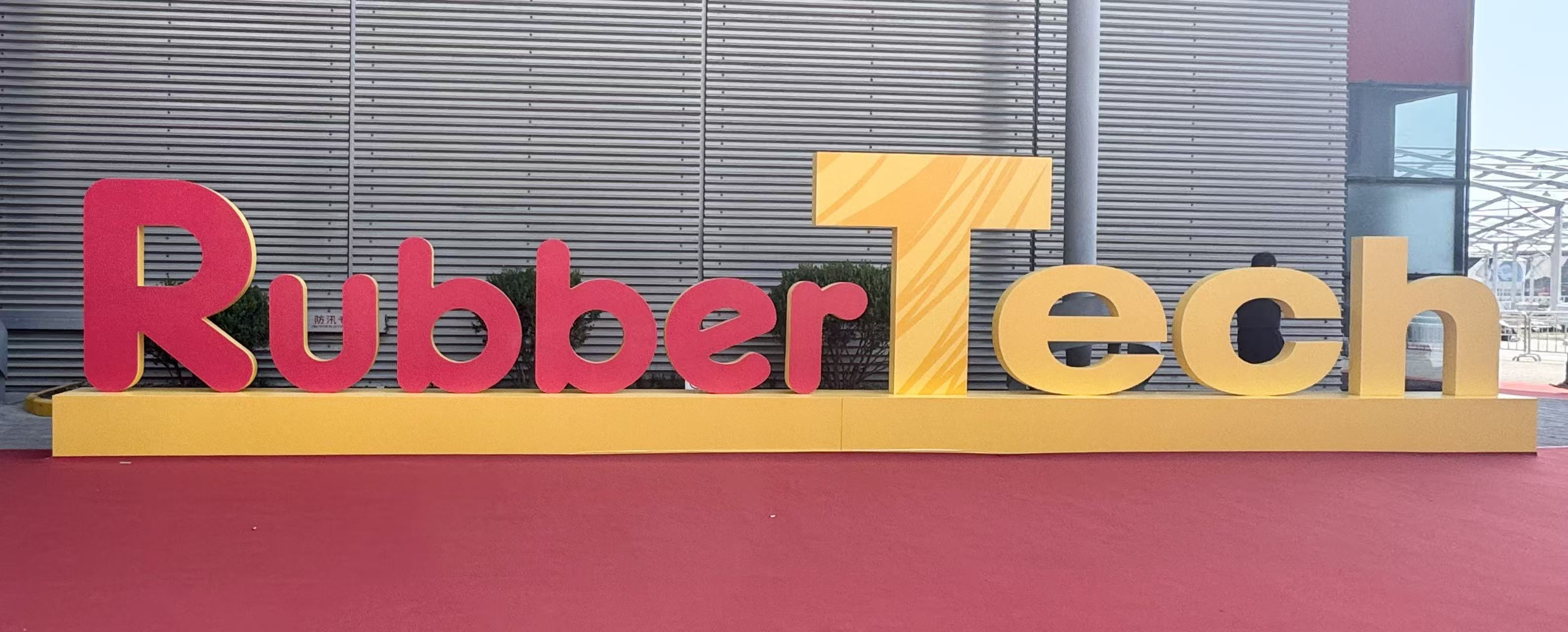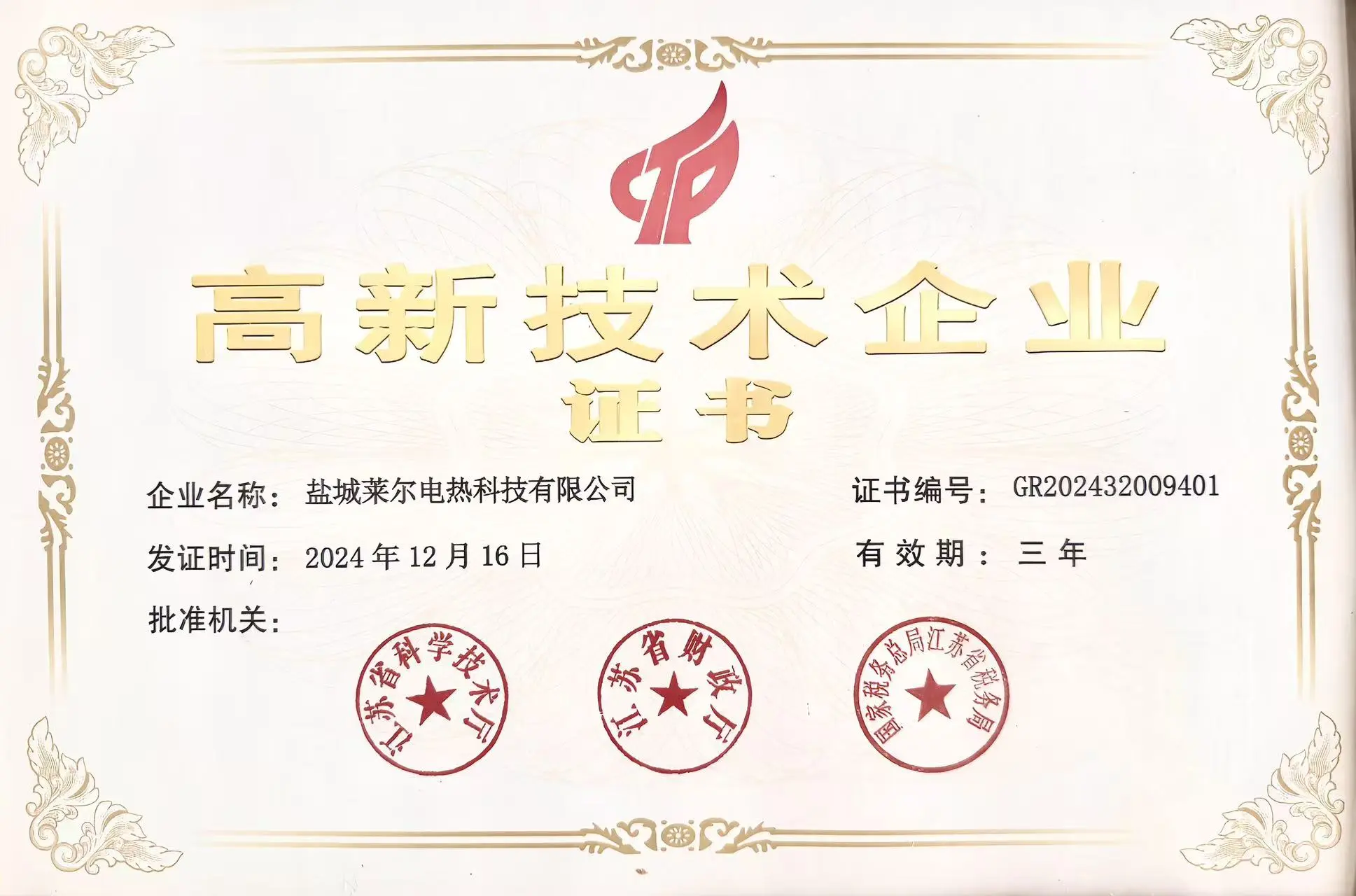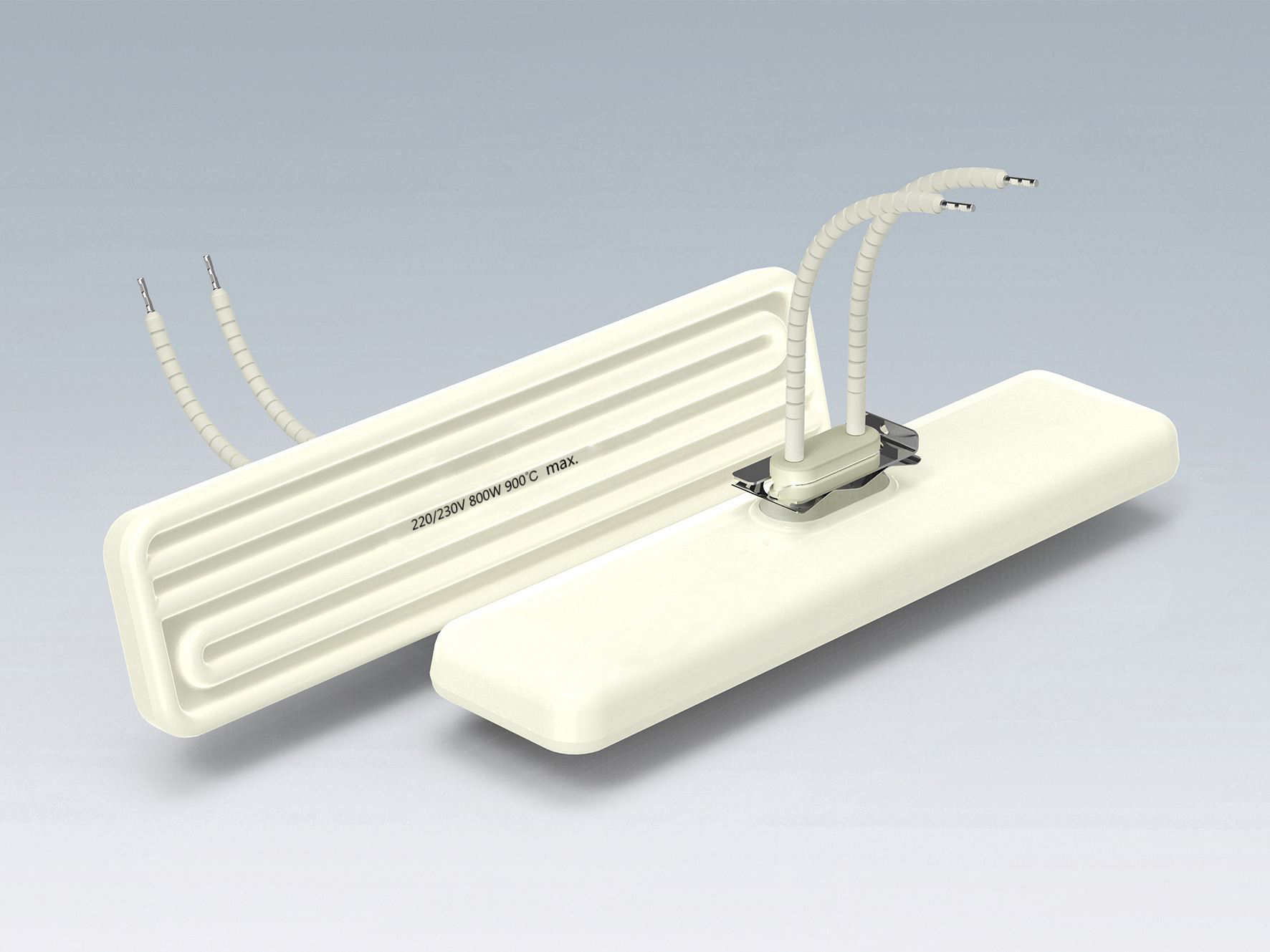The working principle, characteristics and application industries of Infrared Ceramic Heater
Working Principle of Infrared Ceramic Heater
The core working principle of Infrared Ceramic Heateris Joule's law, which states that heat is generated when current passes through a conductor. It usually has resistance wires (such as nickel-chromium alloy wires) embedded inside as the Heating Element, and is wrapped with ceramic materials (such as alumina ceramics) that have good insulation and thermal conductivity on the outside. When powered on, the resistance wire heats up, and the heat is conducted to the surface through the ceramic material, thus achieving the heating function. Ceramic materials here not only serve as insulation and fix the resistance wire, but also can evenly transfer heat and prevent local overheating.
Application Industries of Infrared Ceramic Heater
1. Home appliance industry: such as ovens, microwave ovens, electric water heaters, coffee machines, etc., used to provide stable heating.
2. Industrial field: It is widely applied in equipment such as plastic processing, food drying, mold heating, and heating of chemical reaction vessels.
3. Medical equipment: Some medical drying equipment, disinfection equipment and other scenarios that require precise heating will be used.
4. Agriculture and laboratories: Such as seed drying ovens, laboratory heating devices, etc., taking advantage of their stable temperature control features.
Characteristics of Infrared Ceramic Heater
1. Uniform heat conduction: Ceramics have stable heat conduction and can evenly diffuse heat to the surface, reducing local high temperatures.
2. High-temperature resistance: Ceramics have strong high-temperature resistance, with working temperatures typically reaching 200-800℃ (depending on the model), making them suitable for high-temperature scenarios.
3. Good insulation: Ceramics are excellent insulating materials, which can reduce the risk of leakage and have relatively high safety.
4. Corrosion resistance and long service life: Ceramics have stable chemical properties, are resistant to acid and alkali corrosion, and can protect resistance wires from oxidation, thus extending their service life.
5. Small thermal inertia: Fast heating and cooling speeds, and sensitive temperature regulation response.
6. Robust structure: Ceramic has high hardness, strong resistance to impact and vibration, and is suitable for various environments.

